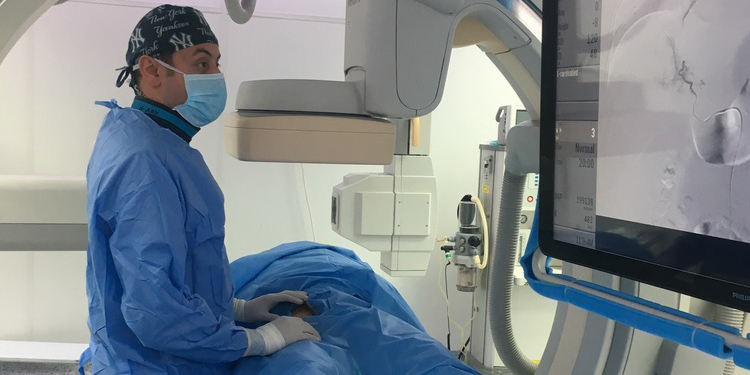
Percutaneous Endoscopic Gastrostomy (PEG): Overview
Percutaneous Endoscopic Gastrostomy (PEG) is a medical procedure that involves the placement of a feeding tube into the stomach through the abdominal wall. This procedure is commonly performed to provide nutrition to individuals who have difficulty swallowing or are unable to consume food and liquids orally.
Procedure Details:
What is Percutaneous Endoscopic Gastrostomy (PEG)?
Percutaneous Endoscopic Gastrostomy (PEG) is a medical procedure where a feeding tube is inserted directly into the stomach through the abdominal wall. This is done to provide a means of delivering nutrition, fluids, and medications to individuals who are unable to swallow or consume food orally.
What Happens Before Percutaneous Endoscopic Gastrostomy (PEG)?
Before the PEG procedure, a thorough evaluation of the patient's medical history and current health status is conducted. This may include blood tests, imaging studies, and assessments of the patient's ability to tolerate the procedure. The patient is usually advised to refrain from eating or drinking for a certain period before the PEG.
What Happens During Percutaneous Endoscopic Gastrostomy (PEG)?
The patient is typically positioned on their back.
A local anesthetic is applied to the area where the tube will be inserted.
A flexible endoscope is passed through the mouth and into the stomach.
The endoscope allows the healthcare provider to visualize the stomach lining.
A small incision is made in the abdominal wall, and a feeding tube is inserted through this opening and into the stomach.
The tube is then secured in place, and the procedure is complete.
What Happens After Percutaneous Endoscopic Gastrostomy (PEG)?
Patients are monitored for a brief period in a recovery area.
Instructions are provided on caring for the PEG tube and potential complications.
Patients may resume oral intake as tolerated, depending on their overall condition.
Risks / Benefits:
Risks:
- Infection at the insertion site.
- Bleeding.
- Displacement or malfunction of the tube.
Benefits:
- Provides a reliable method for nutritional support.
- Improves the quality of life for individuals with swallowing difficulties.
Gastrointestinal (Digestive System) Treatments:
Percutaneous Endoscopic Gastrostomy (PEG) falls under the category of gastrointestinal treatments. These procedures aim to address digestive system disorders and improve the nutritional status of patients with specific medical conditions.
For more information about digestive system diseases and treatments, consult with our experts.
